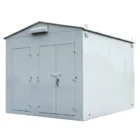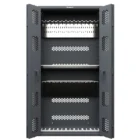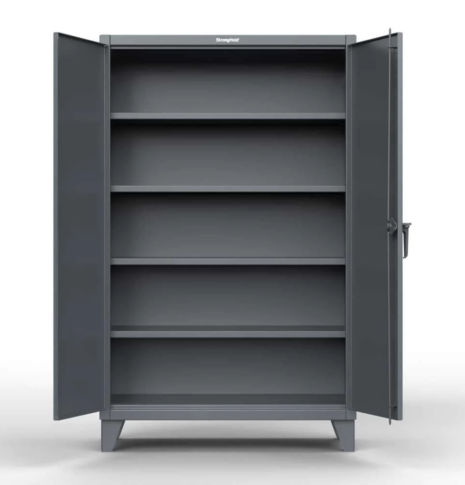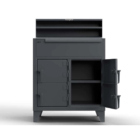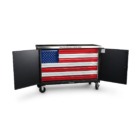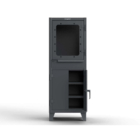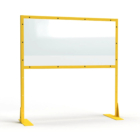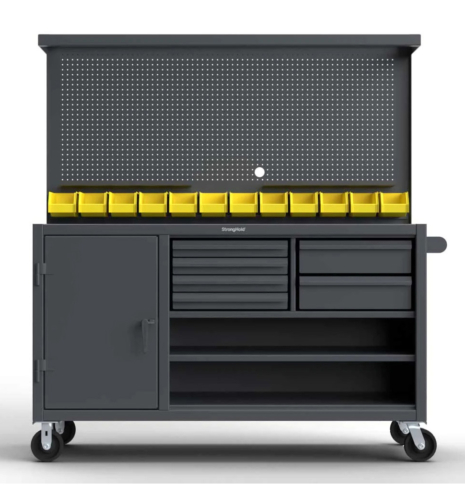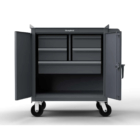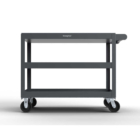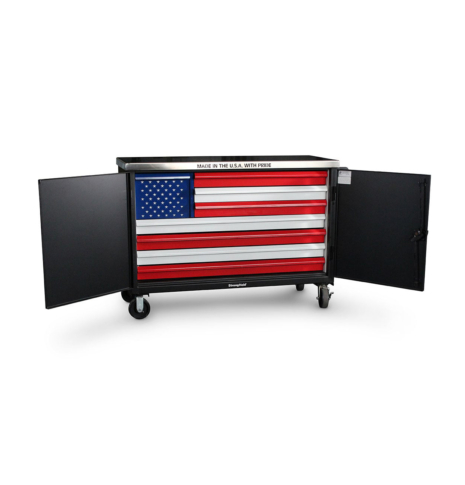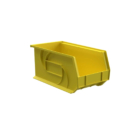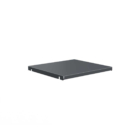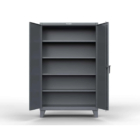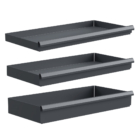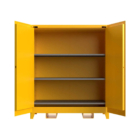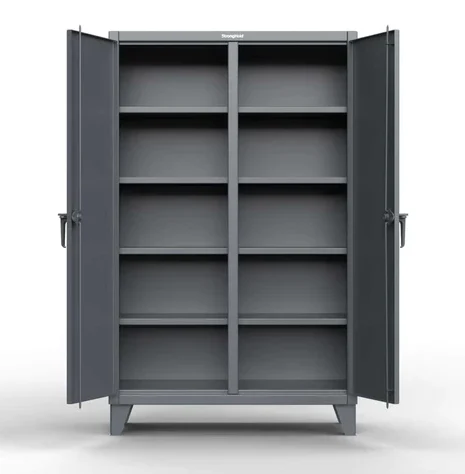How to Store Aerosol Spray Cans in the Workplace

Aerosol spray cans are an invaluable tool in just about any workshop. Touch-up, clean-up, maintenance, insulation, and many other applications are made quicker and easier with these handheld, self-dispensing systems. However, the convenience and portability of aerosol spray cans can lead to negligent handling, creating a dangerous workspace environment. Fortunately, the Occupational Safety and Health Administration (OSHA) has outlined exactly how aerosols should be identified and stored to keep your workers and facilities safe.
Aerosol spray cans work by using compressed gas as a propellant; therefore, they need to be protected from potential punctures and high temperatures – especially if they contain a flammable component. According to OSHA (Standard 1910.106), aerosols are considered flammable if they contain one of the following:
- Flammable Liquid – a liquid having a flashpoint* of not more than 199.4°F
- Flammable Gas – a gas having a flammable range with air at 68 °F and a standard pressure of 14.7 psi.
- Flammable Solid – a solid which is a readily combustible solid, or which may cause or contribute to fire through friction.
* Flash point means the minimum temperature at which a liquid gives off vapor in sufficient concentration to form an ignitable mixture with air near the surface of the liquid.
Once an aerosol is identified as a flammable liquid, it is then divided into one of four categories:
- Category 1 shall include liquids having flashpoints below 73.4°F and having a boiling point at or below 95°F.
- Category 2 shall include liquids having flashpoints below 73.4°F and having a boiling point above 95°F.
- Category 3 shall include liquids having flashpoints at or above 73.4°F and at or below 140°F. When a Category 3 liquid with a flashpoint at or above 100°F is heated for use to within 30°F of its flashpoint, it shall be handled in accordance with the requirements for a Category 3 liquid with a flashpoint below 100°F.
- Category 4 shall include liquids having flashpoints above 140°F and at or below 199.4°F. When a Category 4 flammable liquid is heated for use to within 30°F of its flashpoint, it shall be handled in accordance with the requirements for a Category 3 liquid with a flashpoint at or above 100°F. When liquid with a flashpoint greater than 199.4°F is heated for use to within 30 °F of its flashpoint, it shall be handled in accordance with the requirements for a Category 4 flammable liquid.
For a facility to be OSHA compliant, flammable aerosols must be stored in a cabinet that meets specific design, construction, and capacity requirements:
- Category 1, 2, or 3 flammable liquids cannot exceed 60 gallons in a storage cabinet. Category 4 flammable liquids cannot exceed 120 gallons in a storage cabinet.
- The internal temperature cannot exceed 325°F when subjected to a standardized 10-minute fire test.
- Storage cabinets must be conspicuously labeled, “Flammable – Keep Fire Away.”
- The top, bottom, door, and sides of a metal storage cabinet must be at least No. 18 gauge sheet metal.
- Storage cabinet must be double-walled with 1½-inch air space.
- The door must have a three-point lock.
- The door sill must be raised at least 2 inches above the bottom of the cabinet.
- The joints must be riveted, welded, or made tight by some equally effective means.
If you are looking for a cabinet that meets these stringent requirements, look no further than Strong Hold’s line of safety and hazardous storage cabinets. These storage cabinets have a solid, strong, and dependable design built for industrial storage. Cabinets can also be customized with different storage options such as pigeon-hole dividers and shelves to meet your precise needs.



